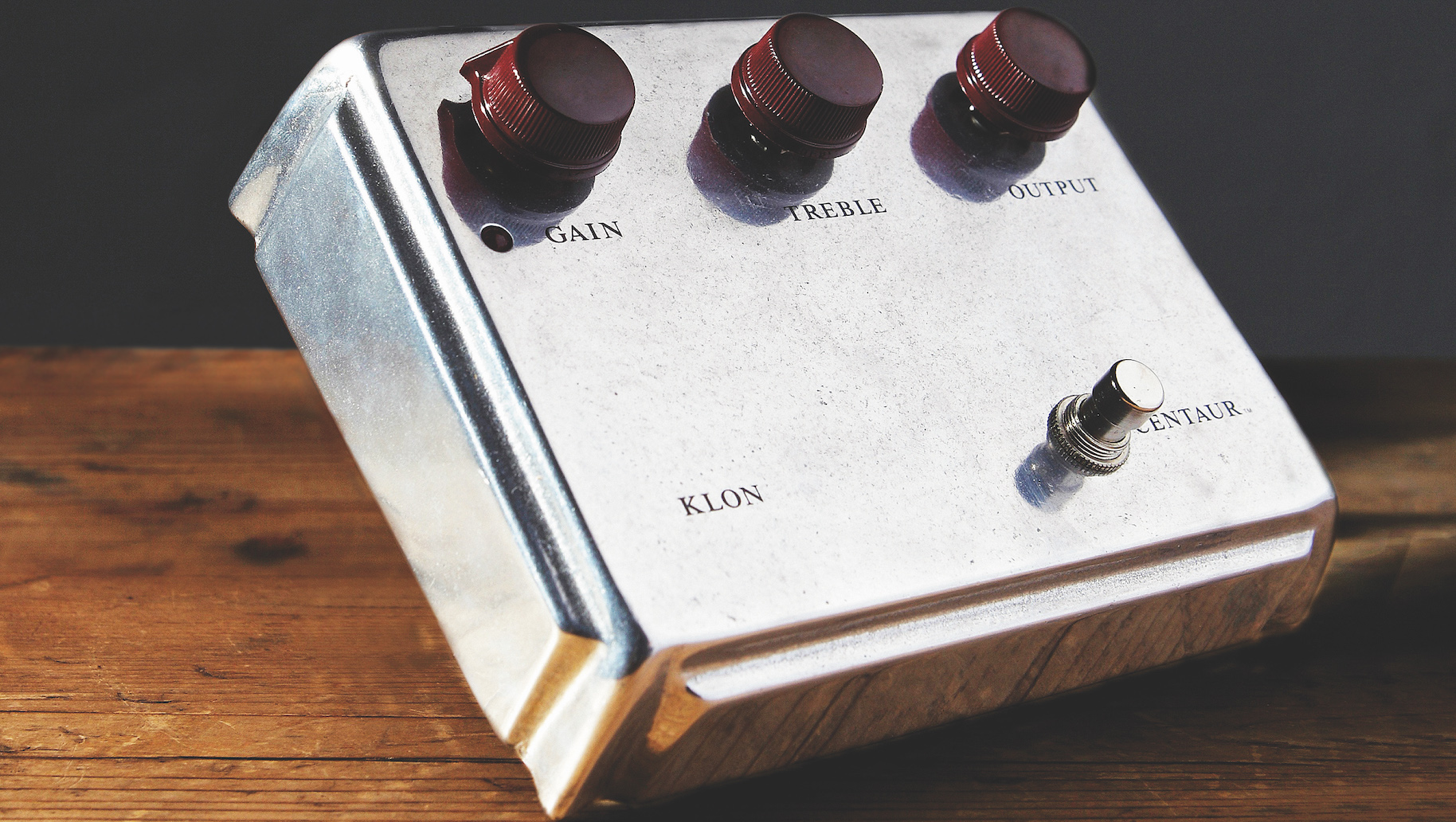5 times Sister Rosetta Tharpe led the way in the development of rock guitar
From using distortion, to retrofitting pickups and singing the praises of the solidbody – we look at the electric guitar innovations of the Holy Rolling guitar icon

Dubbed the Godmother of Rock ‘n’ Roll, Sister Rosetta Tharpe was ahead of the curve in so many aspects of her life and career – and her attitude to the guitar was at the top of the list.
A bisexual Black female guitarist performing in the early 20th century, Tharpe succeeded in the face of discrimination and became an enormously popular artist. In the process, she accomplished many firsts.
As a songwriter and performer, Tharpe took gospel music to secular audiences and had a direct and significant influence on many of the early rock ‘n’ rollers – not least Chuck Berry, Elvis Presley, Little Richard and Johnny Cash.
Cash prominently name-checked Tharpe during his 1992 induction to the Rock and Roll Hall of Fame. However, her influence on rock music can’t be understated and never more so than when it comes to emergence of rock guitar.
Here we take a look at a few elements of Tharpe’s legacy when it comes to the sounds and playing that would shape the rock guitarist as we know it.
1. Attacking the strings
Tharpe began playing and performing around 1919, at the age of four, stepping out alongside her mother Katie Bell Nubin, who was an evangelist and missionary. By the age of six, Tharpe was touring and performing regularly with her mother in an evangelical troupe and often had to be heard on street corners or above crowds.
As a result of this influential period, she developed a distinctive fingerpicking playing style earmarked by a strong string attack (utilising her thumb pick to mean effect) and often performed in Vestapol tuning (ie, open D: D A D F# A D). It’s a percussive, bombastic approach to playing that fed directly into the style of Chuck Berry and most rock musicians who followed.
Get The Pick Newsletter
All the latest guitar news, interviews, lessons, reviews, deals and more, direct to your inbox!
2. Going electric
Given her propensity to play loud and proud, it’s perhaps no surprise that Tharpe was an enthusiastic adopter of the electric guitar. Early pictures show her initially favoring a National Triolian resonator acoustic – a design originally created to compete with the volume of orchestras and bands.
She later moved to another big band acoustic in the Gibson L-5 and by 1947 is thought to have equipped it with a bar pickup.
3. Distorting her tone
Tharpe cuts quite the contrast to the mega-clean jazz-orientated pickers who initially popularised electric guitars. Their aim was to create a clean signal at high volume; Tharpe wanted the attack and embraced the distortion that came from driving tube amps hard. In doing so, she became one of the first artists to purposefully distort their tone – long before the Kinks used their broken amp on You Really Got Me.
4. Bringing the Les Paul to rock music
Yes, it’s a bold claim and obviously the player who gets the credit for initially popularising the Les Paul is… well, Les Paul. However, Tharpe used the instrument heavily during the 1950s, during a period that shaped the tastes of the subsequent wave of iconic British blues rockers, including self-confessed Tharpe fans Eric Clapton and Jeff Beck. Both of those players would go on to cement the Les Paul’s status as a rock instrument.
Handily, the Smithsonian Archive contains multiple pictures of Tharpe using the model’s earliest incarnation – a 1952 Les Paul goldtop with a trapeze-style bridge. She even took it with her on tour in the UK with Chris Barber in 1957, by which point the instrument seems to show signs of wear, most obviously several missing tone and volume controls, suggesting it had already seen plenty of use in its five-year lifespan.
5. Embracing the SG
The instrument most closely associated with Tharpe is Gibson’s ‘other electric’, the SG.
Again, Tharpe saw the potential of the instrument where others did not. The SG was famously developed as a new signature guitar for Les Paul and initially marketed as such. The man himself, however, disliked the instrument and objected to his name being used on it.
Tharpe proved to be an early adopter, though, embracing the idea of a lighter-bodied solid instrument with a slimmer, faster neck that favored her quick fretting. The guitar icon chose a launch year model, in the form of the 1961 Les Paul Custom SG, featuring three humbuckers and a sideways Vibrola vibrato.
It was the guitar she would play three years later in one of her most influential shows, a 1964 appearance on British TV at Wilbraham Railway Station in Manchester, England – that rare showcase of gospel and blues music, and a moment that had a profound effect on those who saw it, including Eric Clapton, Jeff Beck, Keith Richards and Brian Jones.
Sadly, we don’t know what happened to Tharpe’s own SG Custom following her death in 1973. However, as direct result of Tharpe’s influence, the Met included a ’61 Custom in its Play It Loud: Instruments of Rock & Roll show in 2019.
Meanwhile, Gibson reissued a custom shop replica of the model in 2021 and later celebrated Tharpe’s legacy in 2022 by producing a documentary, featuring Celisse and Amythyst Kiah.

Matt is Deputy Editor for GuitarWorld.com. Before that he spent 10 years as a freelance music journalist, interviewing artists for the likes of Total Guitar, Guitarist, Guitar World, MusicRadar, NME.com, DJ Mag and Electronic Sound. In 2020, he launched CreativeMoney.co.uk, which aims to share the ideas that make creative lifestyles more sustainable. He plays guitar, but should not be allowed near your delay pedals.












